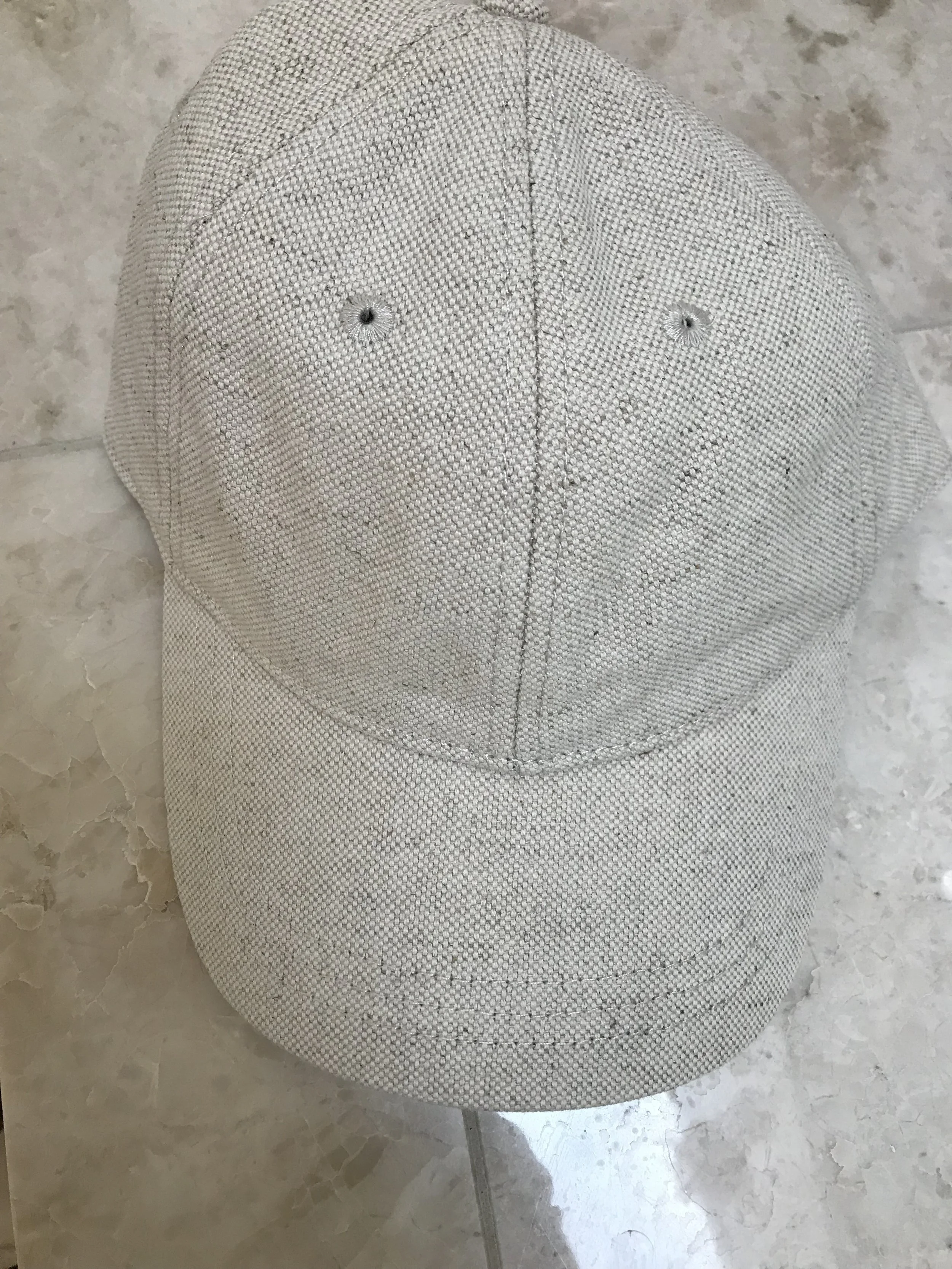I stitched endangered species on our road trip to Roam Ranch near Fredericksburg. My supportive husband Curtis did the driving so I could stitch.
I free stitched it and you can tell. Why make it by hand if you want it perfect, right?. It does look better than my regular handwriting but that isn’t saying much.
The trip was an incredible experience; worthy of a well thought out post just on the Ranch and the stewards of the land and animals - Taylor, Katy, Cody and Julia.











































































